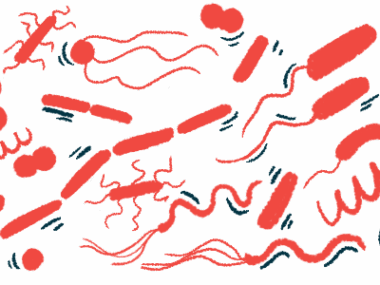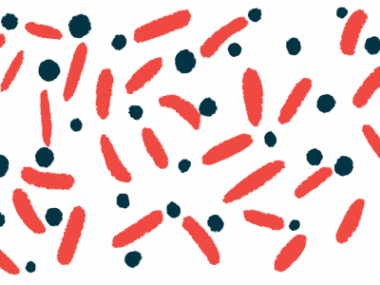New Spectroscopy Method May Help Identify CF Bacteria Faster
Written by |

Scientists at the University of Southampton have created a new method that could be useful for rapidly identifying infectious bacteria in samples from people with cystic fibrosis (CF).
Unlike currently used methods, this method does not require a time-consuming culture step where bacteria are grown in a laboratory.
The method was described in the study, “Multi-Excitation Raman Spectroscopy for Label-Free, Strain-Level Characterization of Bacterial Pathogens in Artificial Sputum Media,” published in Analytical Chemistry.
People with CF are at high risk of bacterial infections in the lungs. The bacterial species Pseudomonas aeruginosa and Staphylococcus aureus are key players in many CF lung infections.
In order to treat a bacterial lung infection, it is first necessary to identify the specific type of bacteria causing it. The most widely-used methods to do this are culture-based, meaning clinicians have to take a sample from the patient and then grow the bacteria in a lab.
Even in the best of circumstances, these methods usually take at least a day or two to yield results, and biofilm infections that mark CF can take days to identify with standard methods. This can delay treatment, leading to worse outcomes for the infected person.
The researchers sought to create a method that could rapidly identify bacteria in samples of sputum (the mix of mucus and saliva typically collected for identifying bacterial lung infections), without any need for culture.
Their method is based on a technology called multi-excitation Raman spectroscopy. This method involves shining specific wavelengths of light at the sample, and measuring how it reacts.
“When light is applied to a sample’s molecules they can vibrate which helps us understand their characteristics. By using different colours of light, a different set of such vibrations can be triggered meaning we can get more information about their composition than previously possible,” Sumeet Mahajan, a professor at the University of Southampton and co-author of the study, said in a press release.
By analyzing the specific responses for a given species and strain of bacteria, the researchers could identify a “fingerprint” for that type, which can then be used to identify samples.
The researchers tested their method on samples of S. aureus and P. aeruginosa that had been mixed in with artificial sputum. The method was 99.75% accurate for identifying the two species. It also showed 100% accuracy for differentiating S. aureus strains that were or were not sensitive to antibiotics.
“Our new Raman spectroscopy based method offers many advantages over resource-intensive, culture-based methods, allowing rapid and label-free analysis. It is reagentless and avoids complex sample-preparation steps with sophisticated equipment,” Mahajan said. “Here, we have developed a method that is highly accurate yet rapid and neither requires nanoscale materials for enhancing signals nor fluorophores for detection.”
The researchers noted that further testing is needed to validate their method before it can be used in clinical practice, but said that the study “represents a strong proof-of-principle for the method.”
The ability to rapidly identify bacteria has many applications beyond CF, they noted.
“While we have demonstrated this method within the context of a CF model, the principles underlying this method are also applicable to a variety of other clinical scenarios and applications across sectors such as in food safety, where effective testing depends on rapidity and specificity,” they said.







